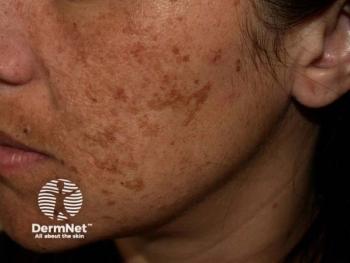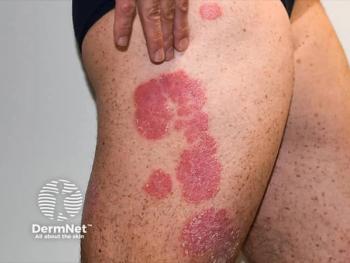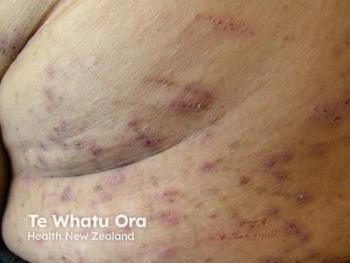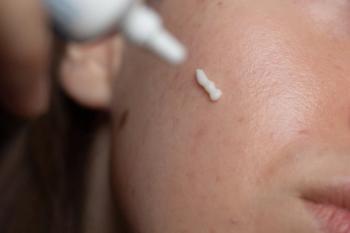
Poster Presented at DERM 2025: High Impact Areas See Positive Results in Icotrokinra Phase 3 Trial
Key Takeaways
- Icotrokinra showed superior efficacy in treating psoriasis in high-impact areas, achieving higher clearance rates than placebo in a phase 3 trial.
- The study reported improved quality of life indicators, including sexual health and itch scores, with a favorable safety profile through week 16.
Psoriasis in high impact areas responded well to icotrokinra, presenting a potential exciting option for patients.
Treatment of psoriasis in high impact areas with icotrokinra resulted in higher rates of clearance as compared with placebo, according to a poster presented at the
The phase 3 trial (
Patients who received icotrokinra achieved significantly higher rates of clear or almost clear skin compared with placebo, with consistent efficacy seen in challenging sites such as the scalp and genital regions. The study also reported better quality of life indicators, including sexual health and itch scores, as well as a favorable safety profile through week 16.
“This is probably the first time where we have a pill that is going to be comparable to some of our best biologics,”
A first-in-class targeted oral peptide, icotrokinra “is a really a novel and kind of breakthrough product in that it has this macrocyclic structure that is still small enough where you can take it by mouth, but it is able to block that interaction between IL-23, the cytokine, and the receptor effectively,” Song added.
The phase 3 study overall confirmed the difficult to treat, high impact areas responded well to icotrokinra, with one exception—palmoplantar psoriasis, Song said.
“While it didn't achieve statistical significance—there wasn't a big enough delta—I have 2 thoughts about that,” he added.
“First is palmoplantar psoriasis in general is the hardest site to treat when it comes to special sites, and you need to give it more time to see if it's going to get better or not,” Song explained. “The second point, and this is kind of piggybacking what I just said, is that this is just such a hard area to treat in general, that even if a drug doesn't achieve statistical significance, it doesn't necessarily mean it's not going to work for that patient. It tells us it's inherently a more difficult type of population to treat.”
References
1. Gooderham MJ, Lain E, Bissonnette R, et al. Phase 3 Results from an Innovative Trial Design of Treating Plaque Psoriasis Involving Difficult-to-Treat, High-Impact Sites with Icotrokinra, a Targeted Oral Peptide That Selectively Inhibits the IL-23–Receptor. Poster presented at: DERM 2025 NP/PA CME Conference; July 23-26, 2025; Las Vegas, Nevada.
2. A Study of JNJ-77242113 for the Treatment of Participants With Plaque Psoriasis Involving Special Areas (Scalp, Genital, and/or Palms of the Hands and the Soles of the Feet) (ICONIC-TOTAL). Last updated July 20, 2025. Accessed July 24, 2025. https://clinicaltrials.gov/study/NCT06095102
Newsletter
Like what you’re reading? Subscribe to Dermatology Times for weekly updates on therapies, innovations, and real-world practice tips.


















